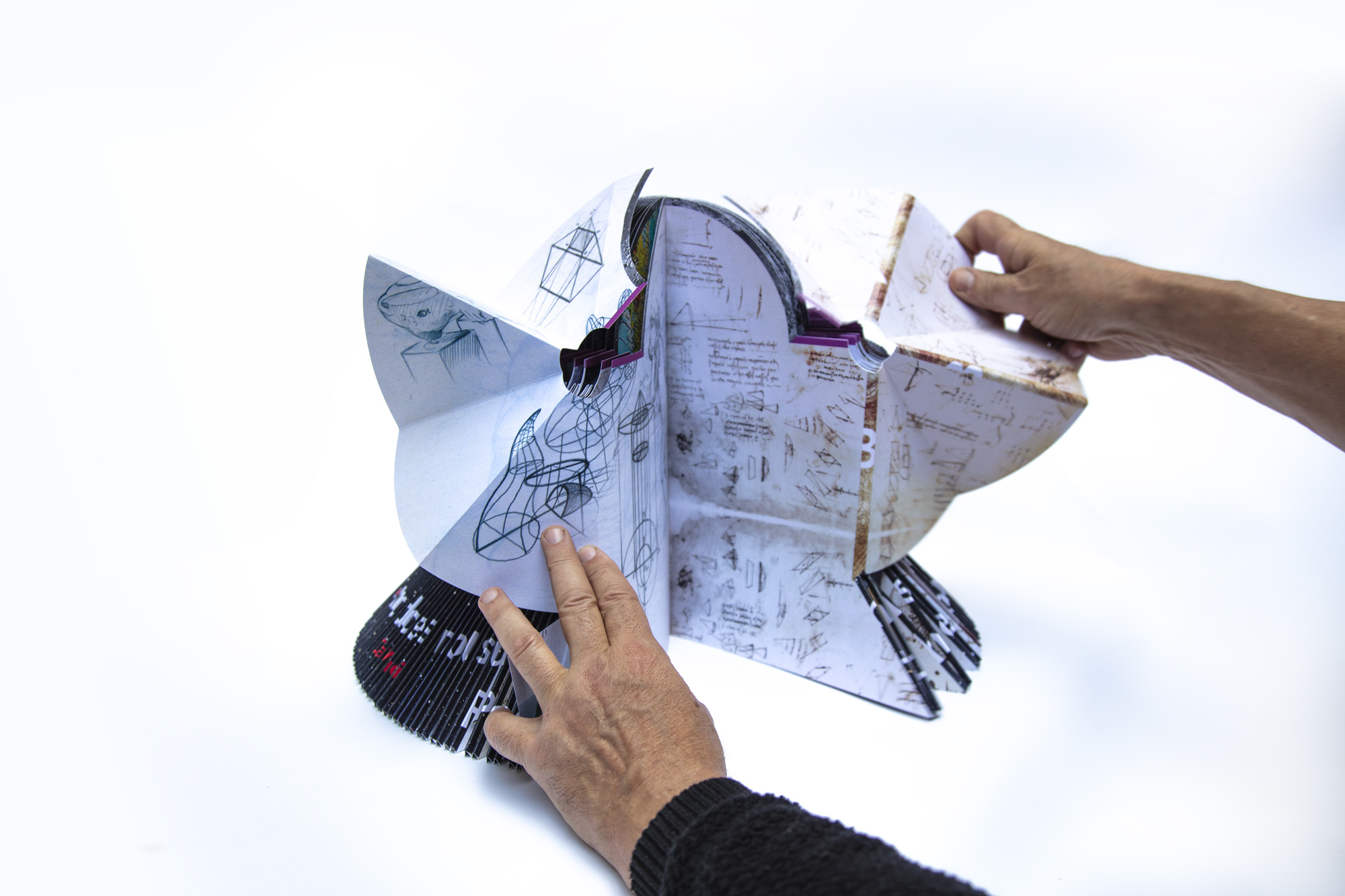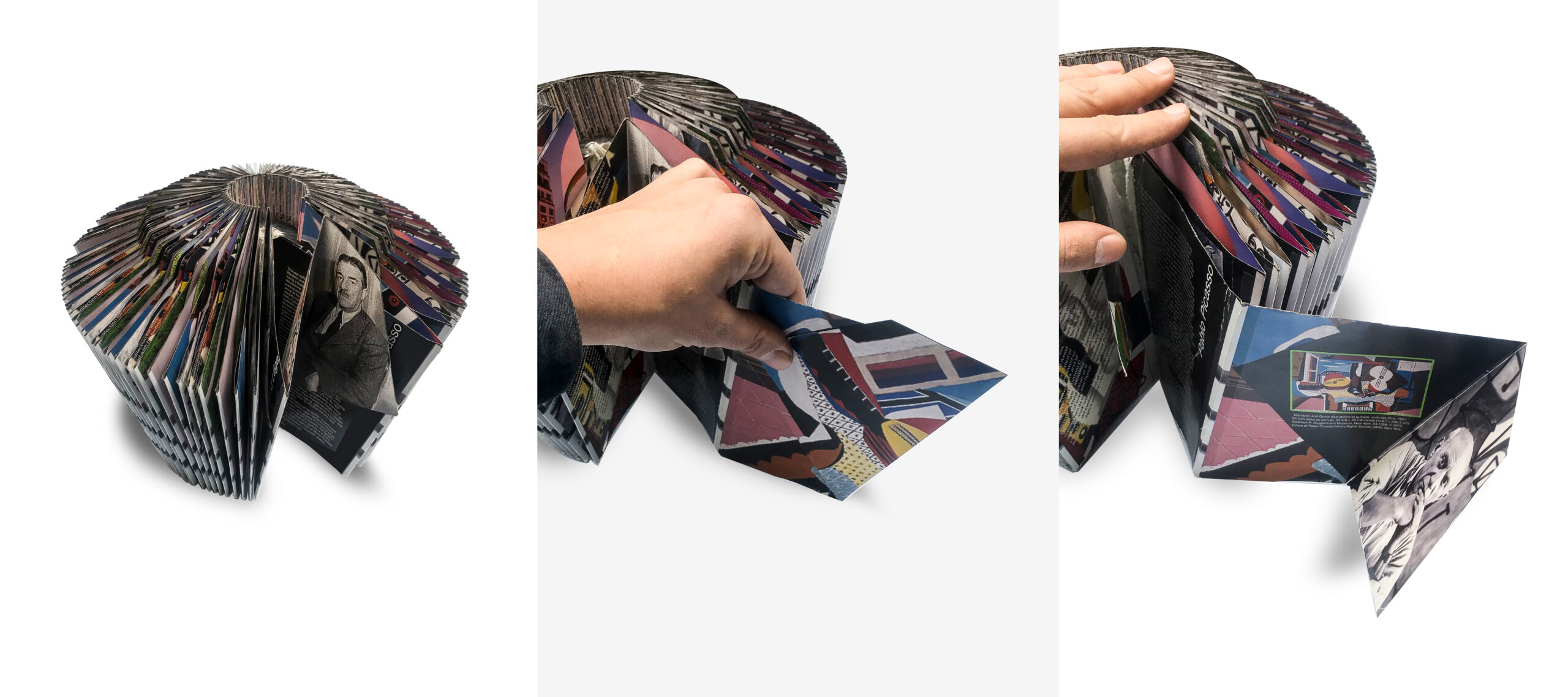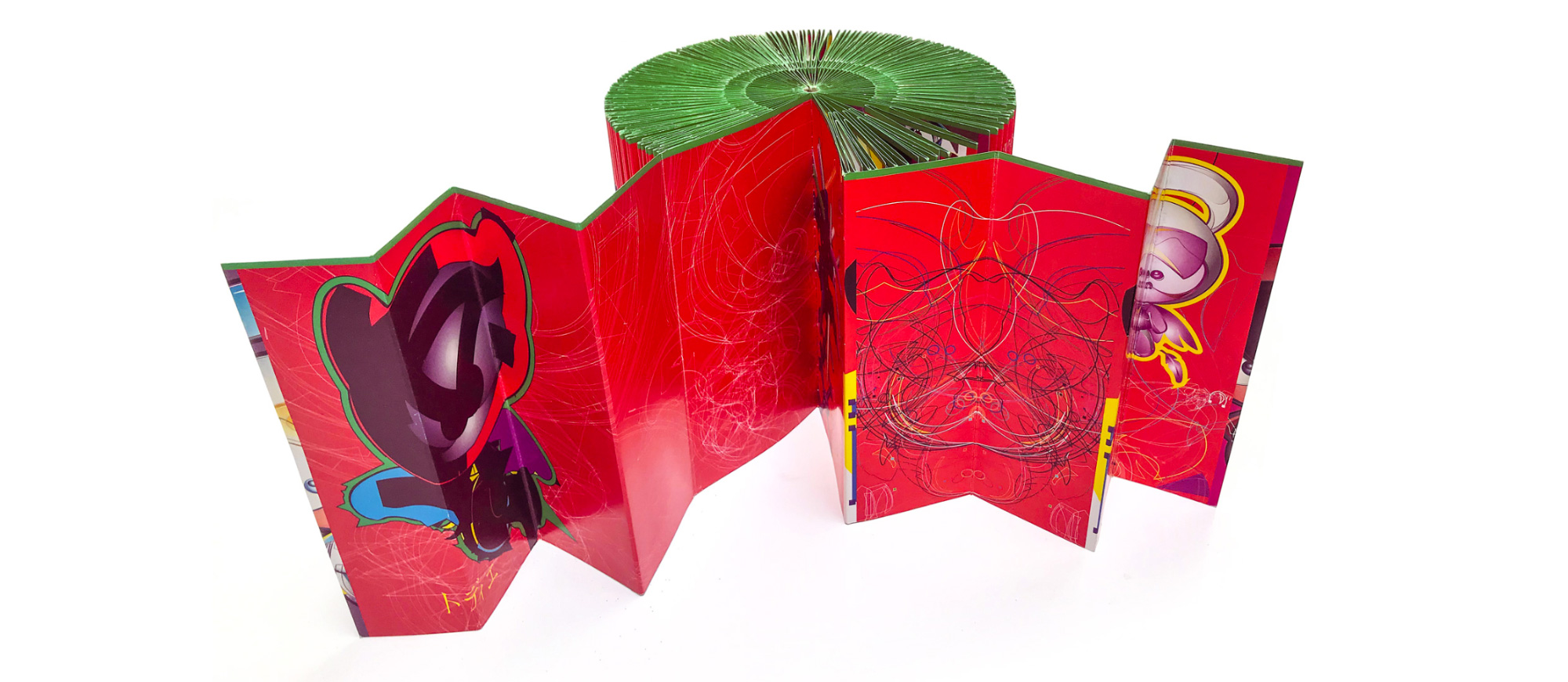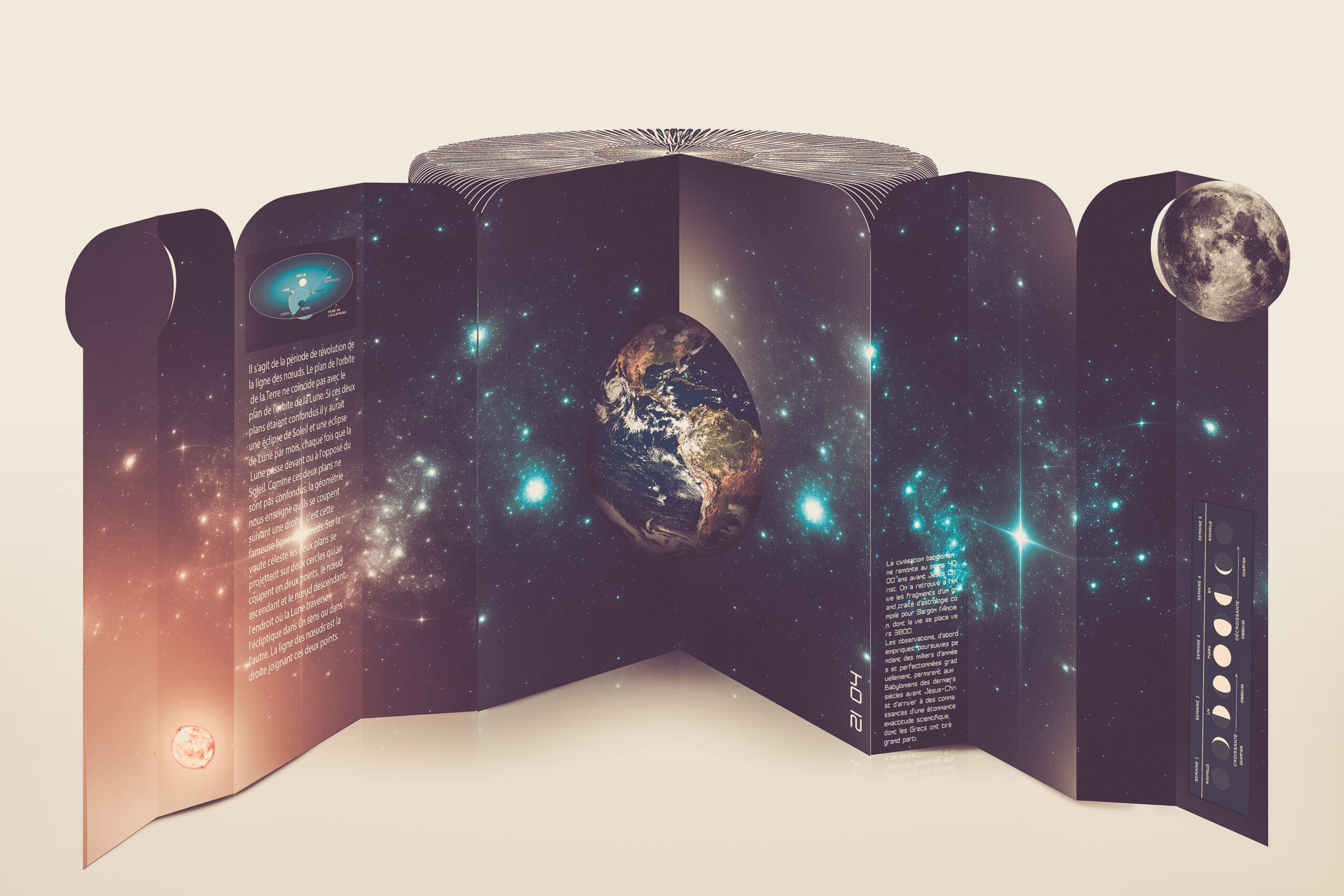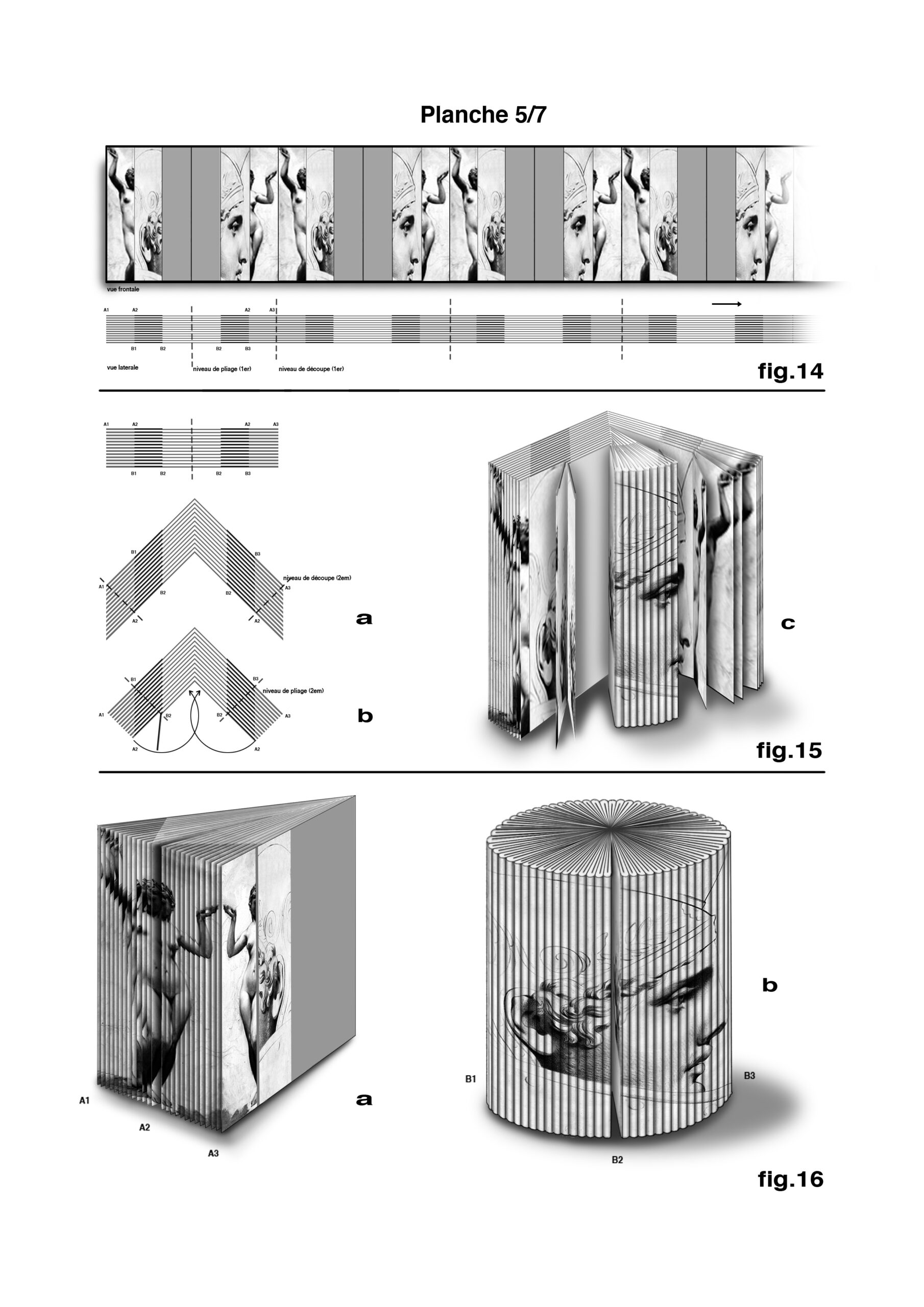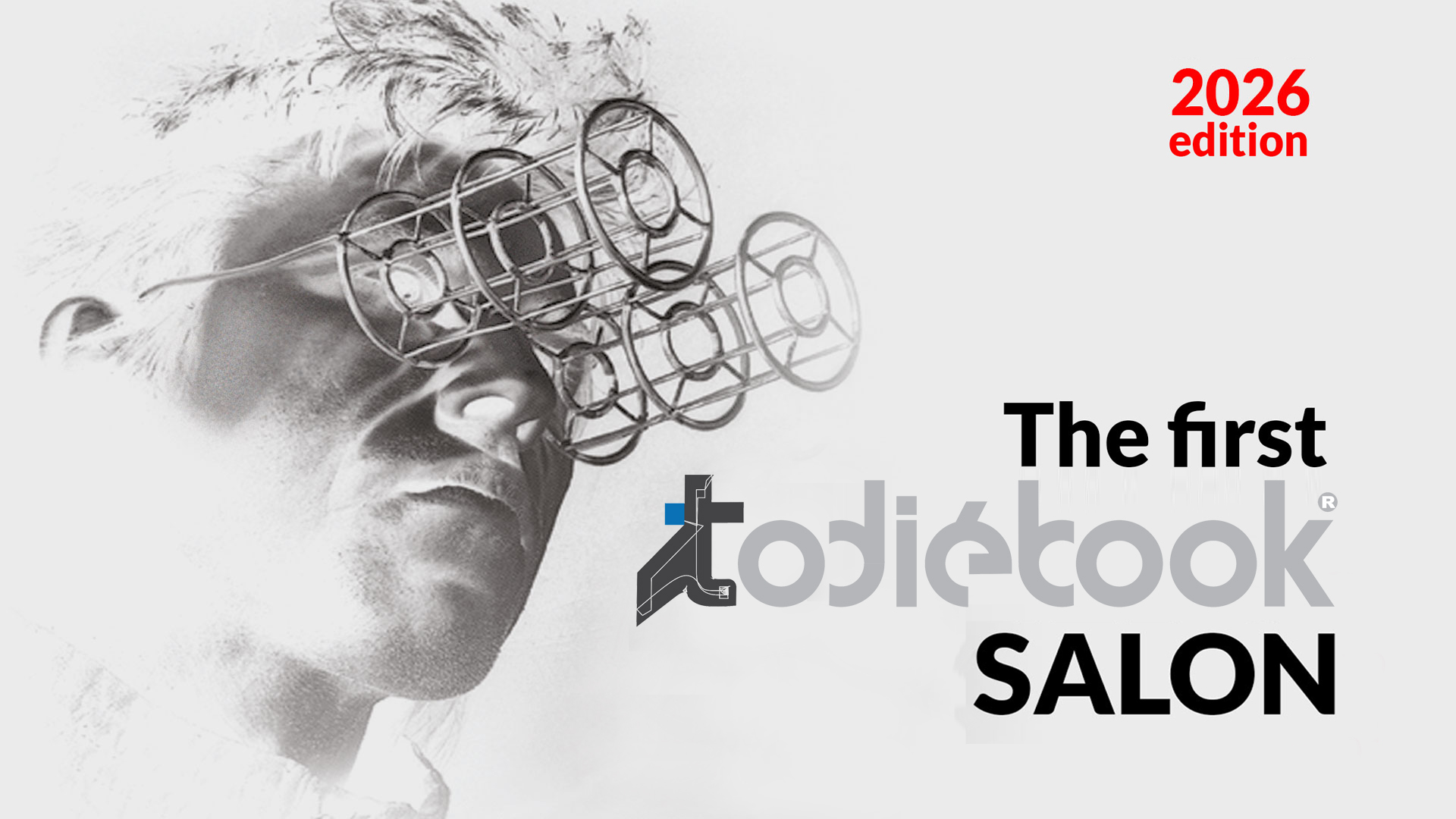
The Todiebook Salon t=2026
The first edition of the Todiebook Salon is currently being prepared; dates and location will be announced soon, and all partners are invited to contact us to join this distinguished endeavor.
The Conference
- Exhibition of Todiébook : published editions, physical prototypes, 3D models, and videos, as well as works of Theoretical Art, the artistic vision that inspired the Todiébook.
- Description of the geometric universe “2D Volume.”
- Presentation of the invention patent, the Todiéalgorithm, and the Axial Vector Space with two straight vectors and one circular vector.
- Introduction to the geometry, engineering, and composition of a Todiébook.
- Meetings with typographers and bookbinders.
- Meetings with contributing authors, publishers, and booksellers.
- Conferences and debates with participating figures: designers, educators, scientists, publishers, booksellers, etc.
- Live broadcast on the Internet.
- Presentation of the novelty and its significance in the history of the book.
- Debate on its negentropic and cognitive qualities.
- Announcement and presentation of the competition and the Todié Prize (Todié Awards), along with the opening date and participation requirements.
The official award ceremony will take place during the next year’s edition.
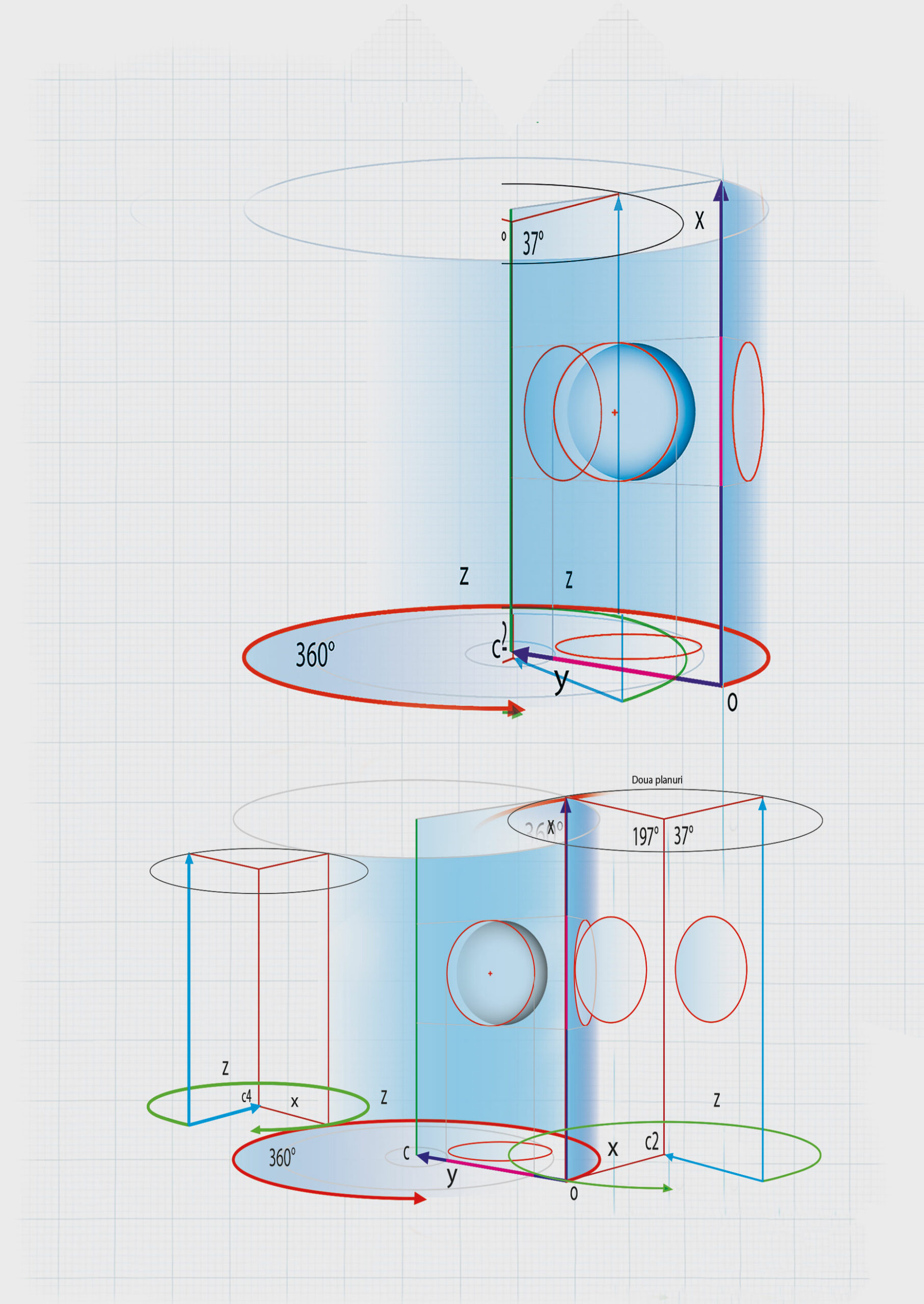
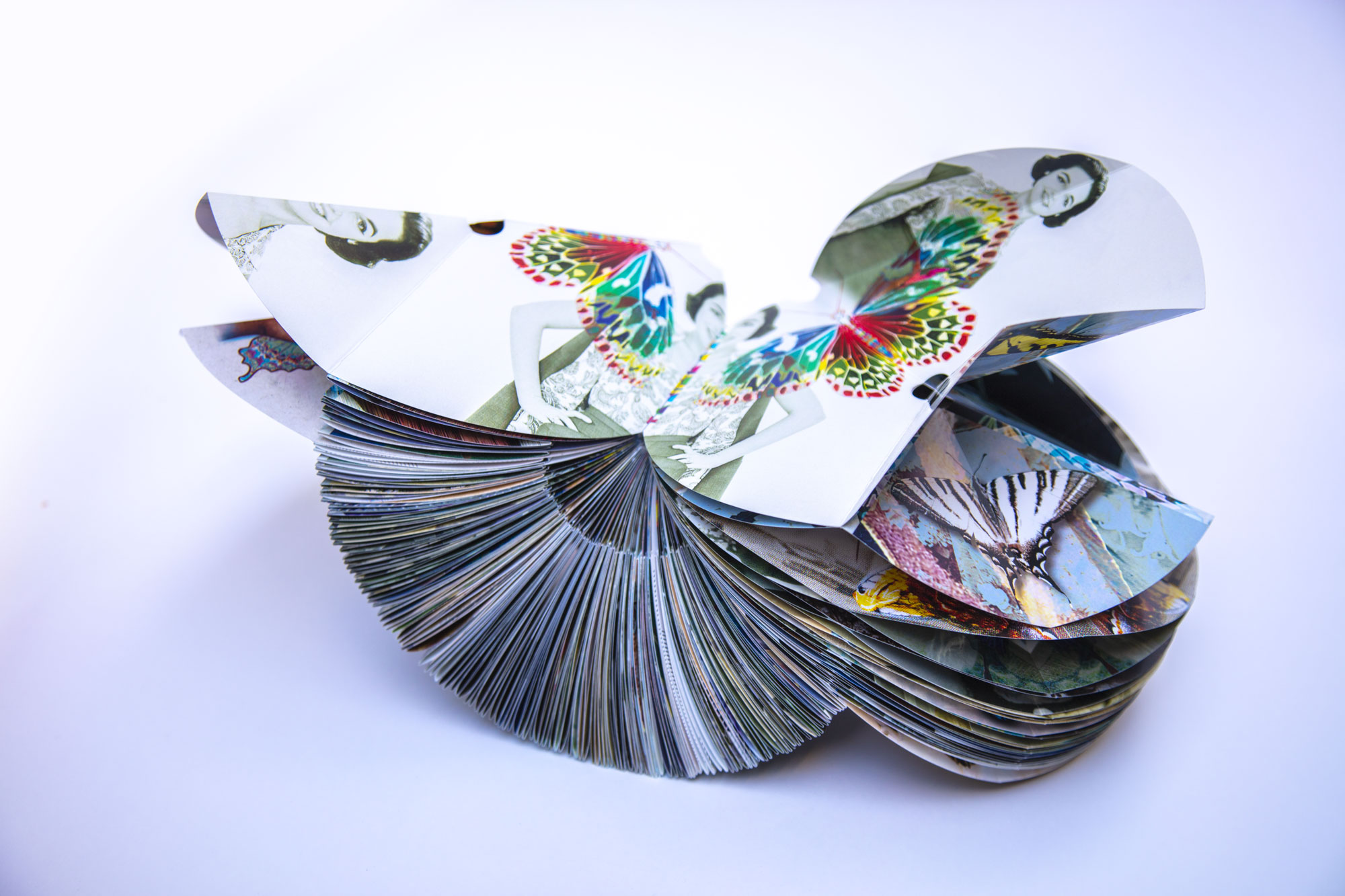
This spatial book, with a quantico-relativistic connotation, is considered from a geometrical point of view, as « the book of the third type », after the plane roll and the volumetric codex.
The Spatial Book: A New Paradigm in Knowledge Transmission
The evolution of the book has progressed from the scroll to the codex, each stage transforming how knowledge is stored and shared. Today, we see the emergence of a new form: the spatial book, characterized by its geometric and dynamic nature. This “book of the third type” transcends traditional formats, offering novel opportunities for knowledge transmission, educational engagement, and creative exploration.

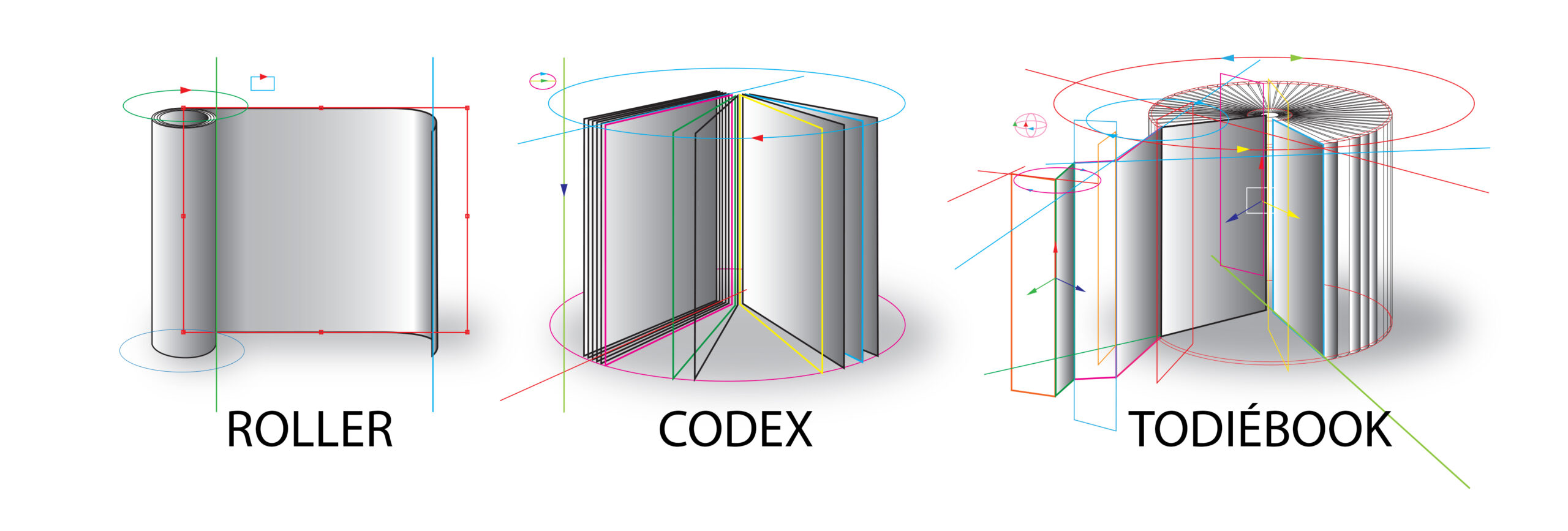
From Scroll to Codex to Spatial Book
The spatial book represents the next step in this progression. Unlike the linear scroll or structured codex, the spatial book introduces a non-linear, three-dimensional interface. Its physicality transforms reading into an active process of knowledge construction rather than passive consumption.
Every era of humanity has its book.
The geometrics of writing’s medium (the book) has influenced and continues to influence writers, creators, thinkers, scientists and mathematicians in the structuring of their inspiration and the crystallization of their ideas, and has accompanied humanity in its evolution.
The SCROLL, dominant for over 2000 years, was a two-dimensional plan later dethroned by the CODEX, a volumetric three-dimensional medium that in turn dominated for 2000 years. Today, the TODIEBOOK, with its new geometry and four-dimensional space-time structure, is a mathematical object, a quantum-relativistic medium that will, in turn, modify creative, literary, artistic and mathematical thinking.
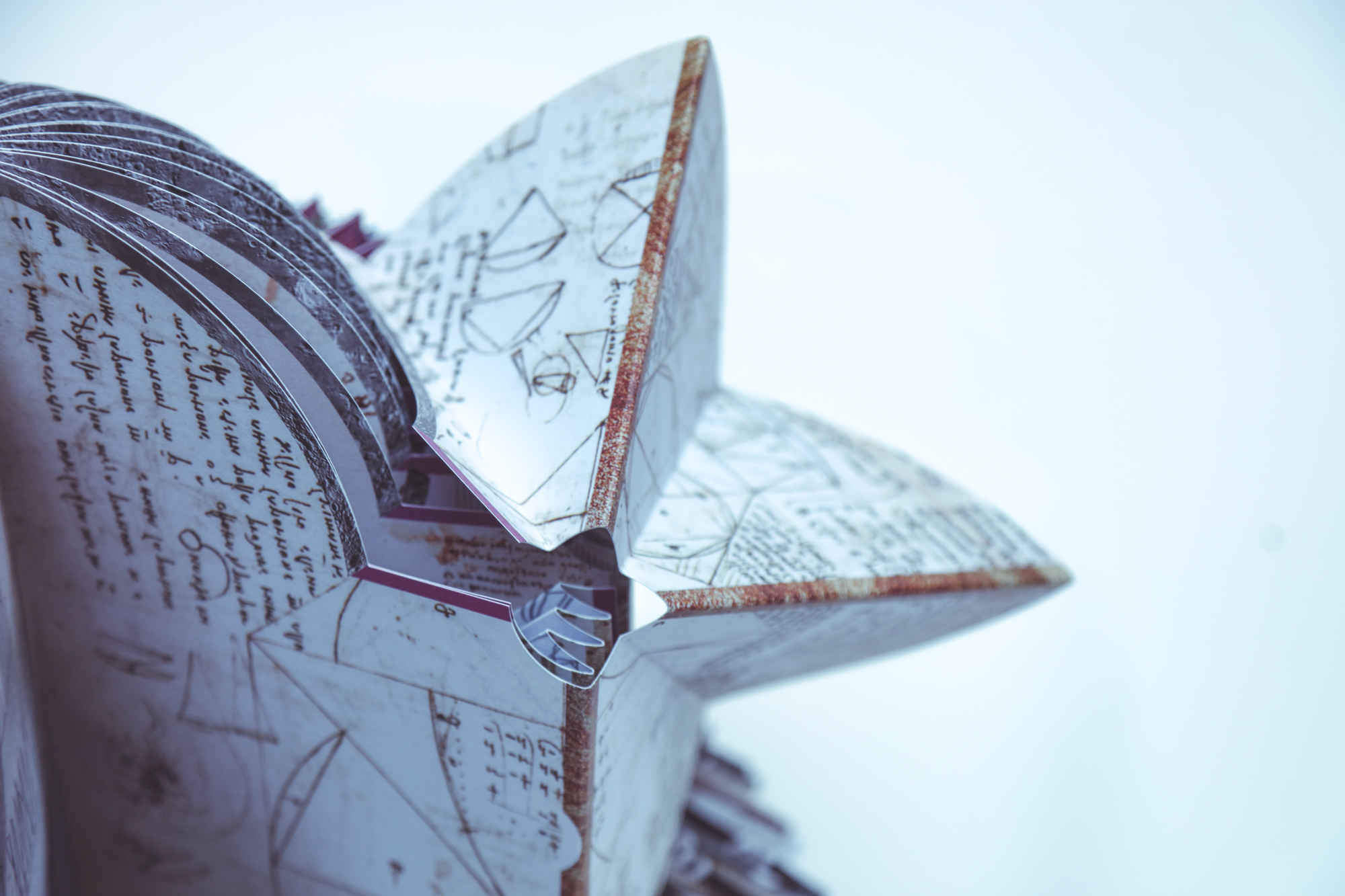
Copied by Leonardo
The Todiébook and Leonardo da Vinci: Bridging Past and Future
The Todiébook is an innovative approach to spatial thinking, reflecting Leonardo da Vinci’s pioneering ideas. It introduces a multidimensional way of engaging with knowledge, echoing Leonardo’s blend of art, science, and engineering.
Leonardo’s Spatial Vision
Leonardo da Vinci’s work shows a deep understanding of spatial concepts. His notebooks—filled with sketches, diagrams, and studies—demonstrate his ability to think in multiple dimensions and understand the relationship between form and function.
A Modern Renaissance Tool
The Todiébook’s Legacy
The Todiébook continues this legacy by enabling spatial exploration and non-linear learning. It invites readers to interact with content from different perspectives, much like Leonardo’s method of examining components from all angles.
Geometry and Innovation
Leonardo and the Todiébook both emphasize geometry as key to understanding the world. The Todiébook’s design allows readers to physically manipulate content, transforming it into a dynamic learning experience.
Interdisciplinary Spirit
Leonardo blurred the lines between art, science, and engineering. Similarly, the Todiébook functions as both an artistic and educational tool, encouraging creative, cross-disciplinary thinking.
